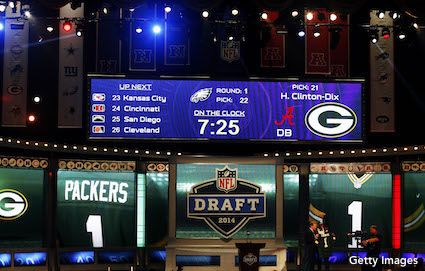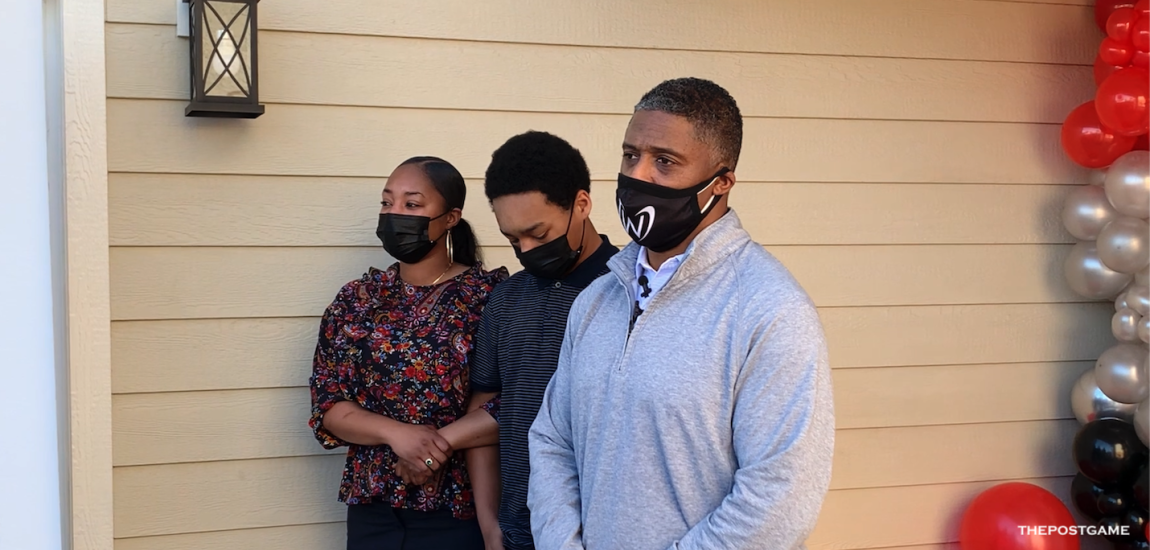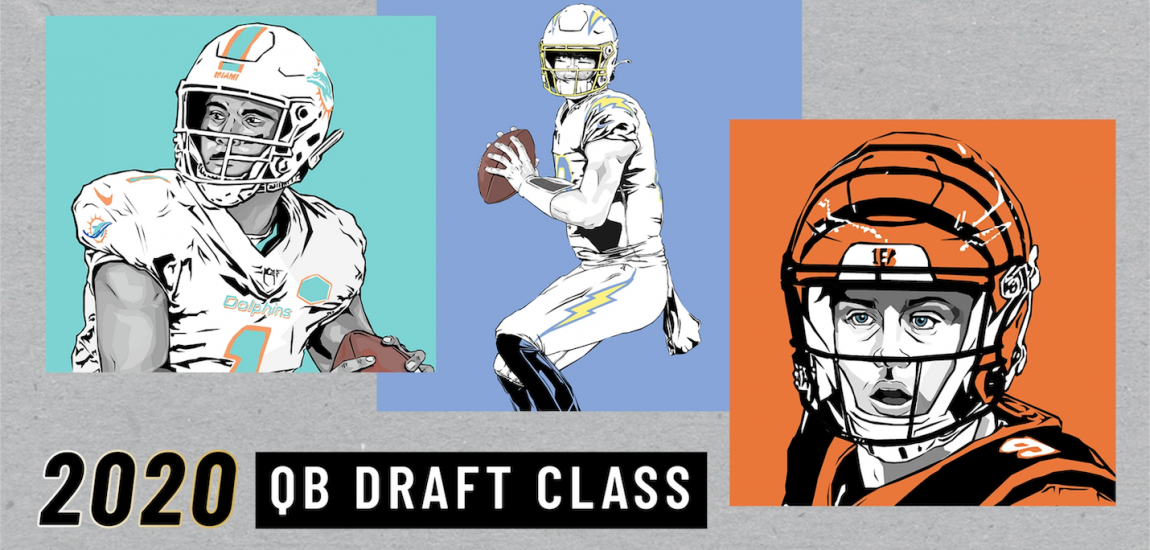In 1989, Oklahoma State running back Barry Sanders petitioned the NFL to allow him to enter the standard Draft even though he had just finished his junior year. The NFL made an exception and allowed him to be drafted. The rationale -- his college coach was leaving, he had won the Heisman Trophy, he had economic family need -- was so contorted that a new rule was adopted in 1990: If three years had passed from a players' high school graduation, the new rule allowed him to enter the NFL Draft with no explanation needed.
Since 1990, scores of juniors (or redshirt sophomores) have entered the draft. Last year a record 107 juniors declared for the draft. Twenty-eight percent of them went undrafted, but players like Cal quarterback Jared Goff and Ohio State defensive end Joey Bosa were picked at the top of the draft. When an underclassman enters the draft and is not drafted in a high round, there is a hue and cry from the colleges and public that he should have stayed in school. So, on what basis do underclassman decide whether to stay or go?

My advice to parents and players has been consistent since 1990 when I represented junior Jeff George, who was selected as the first pick in the first round. I ask players to take an introspective look regarding what their values and priorities are.
If they feel another year will enhance their game and draft status: Go back to school.
If team awards like a bowl game appearance or an individual award like the Heisman or Outland Trophy is compelling: Go back to school.
If graduation is important and another year makes that easier: Go back to school.
If another year of campus life is critical: Go back to school.
If the player has achieved what he came to do in college football and is ready for the next challenge, the next question is to project a probable draft range for the next draft as compared with where he would be picked a year later.
Players looking for input can ask the NFL for a projection as to how high that player might be picked. The league will evaluate a player and tell him he is likely to be selected in the first or second round, and if not, will advise him to go back to school. These evaluations tend to be very conservative, and virtually every junior I have represented was drafted higher than the projection. The NFL knows it has a massive developmental benefit from college football, which it does not pay for.
Notre Dame coach Lou Holtz was so angry about junior entry that he banned scouts from campus the first year. Agents interact with teams and also get projections. The stereotype of unprincipled agents luring players out of school with overoptimistic draft projections is overblown. I would always rather represent a player in the year he has the best chance to be a high draft pick. Ultimately, however, it is the player's choice.

Many college athletes only are on the campus as a way station to the pros. As much as we wish that they would all appreciate the benefits of a college degree, they are only there because the professional leagues will not allow them entry. We all bemoan the example of the athlete who comes out of school prematurely, doesn't make it in the pros, and then is left to face a life without a college degree. But most of those athletes had no desire or ability to graduate no matter how many years they were in school. The graduation rates for athletes who stay on campus four or five years are still abysmal. Many athletes come from families with economic need. They feel the pressure to earn as soon as possible.
The declaration date to enter the pros this year is January 18. This presents families and players with a dilemma. The real answer as to how an athlete would fare in an upcoming draft lies in his performance in the "second season" of scouting which occurs after a player's college season is over. Performance in all-star games, at the scouting combine, at pro scouting days on campus, and in one-on-one visits with teams can dramatically alter a player's draft status. None of this has occurred before the decision date.
A responsible agent presents the best information and projections to a player and his family as possible. Sugarcoating and providing unrealistic information to endear oneself to an athlete is not doing a service. Insuring that the athlete has done an internal inventory as to which priorities in the world are most critical to him and helping to provide a comprehensive decision process is the best way to help.

-- Leigh Steinberg has represented many of the most successful athletes and coaches in football, basketball, baseball, hockey, boxing and golf, including the first overall pick in the NFL draft an unprecedented eight times, among more than 60 first-round selections. His clients have included Hall of Fame quarterbacks Steve Young, Troy Aikman and Warren Moon, and he served as the inspiration for the movie "Jerry Maguire." Follow him on Twitter @leighsteinberg.





